
It’s not as simple as simply choosing words and plugging them into your web pages when using keywords in search engine optimization. The ability of search engines to understand and rank web content has become more intuitive. A search engine today considers the context of a keyword (for example, how it is used and for what purpose) instead of the number of times a keyword appears on a webpage to determine the authority of a topic.
Contextuality refers to the user’s search intent in evaluating a keyword. In order to create relevant and helpful content for the website, it is crucial to understand keyword search intent. This will ensure you are creating content that will satisfy the needs of your target audience.
Table of Contents
What is Search Engine Intent?
A specific online search requires the user or audience to know what they are looking for. “Race” as in a “marathon race” versus “culture”), so search engines consider search intent to deliver results based on what they think the audience is looking for. Because search engines address context rather than just the definition of a keyword, they can understand search intent. For example, searching for “SEO” on Google will recommend some keywords related to SEO.
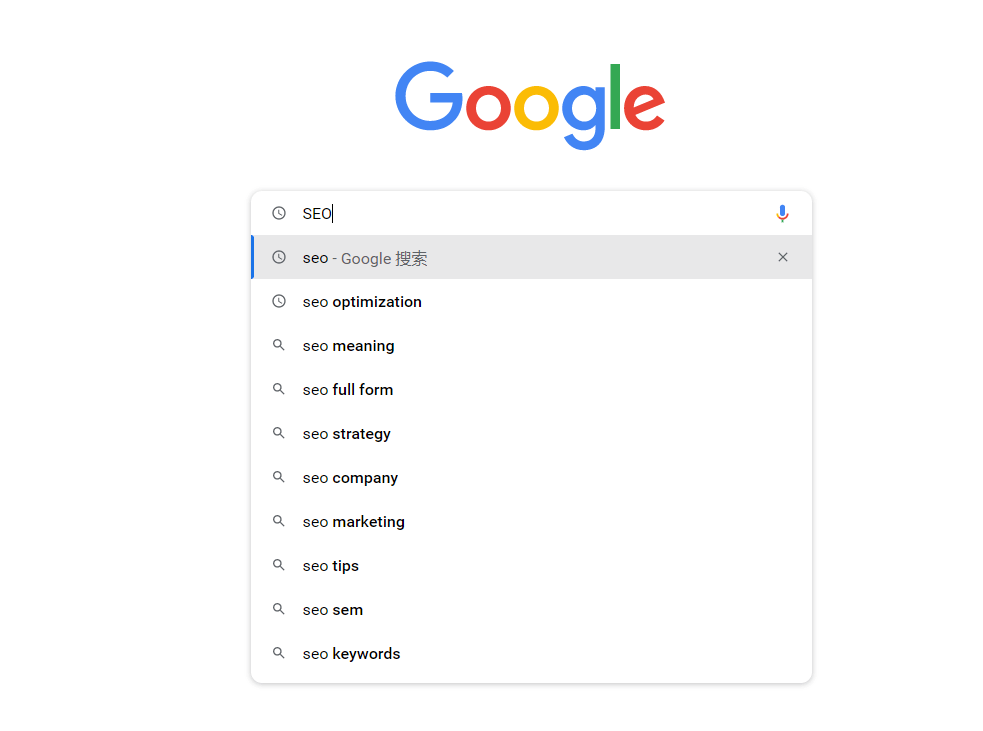
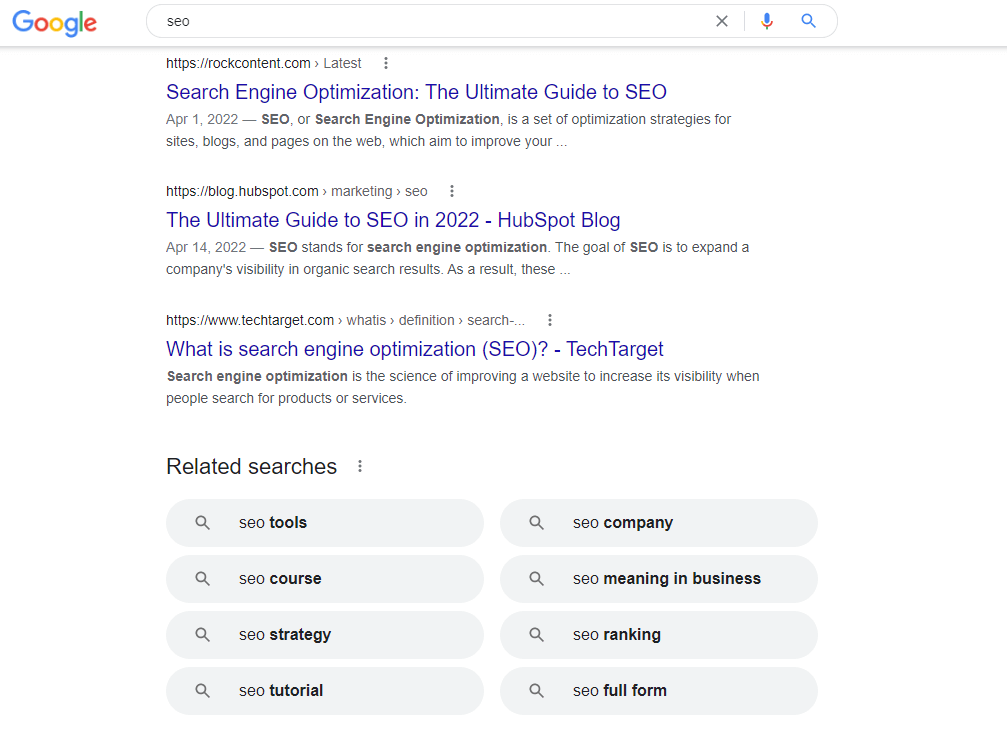
An aspect of this context includes factors such as headings on website pages (H1s, H2s), links inside and outside of the website, anchor texts for links, images, and alt text for pictures. In order to be able to determine how a keyword is being used and defined, search engines rely on these factors.
Search Intent: 4 Types
There are four types of search intent:
1. Informational Search Intent:
In this case, the user searches for information, such as definitions and explanations, to answer specific questions. These types of search intentions usually lead to content that is of a How-To, What-Is, and Why-Is nature (e.g., Wikipedia entries, blog posts, and instructional videos).
Examples: “What is localhost ?” “types of intent,” “history of ottoman”,”what”,”how”,”guide”,
2. Navigational Search Intent:
In this case, users who do this kind of search are looking for a specific location, such as a website, a physical location, or even a particular spot on a website.
Examples: “DingTalk,” “Netflix pricing.”
3. Transactional Search Intent:
An individual with this search intent is likely to be seeking to make some kind of transaction. Most users are already aware of their search intent (branding, product, pricing, etc.) and are willing to convert or purchase a product or service based on the information they have already gathered.
Examples: “Beer bottles,” “Apple iPhone.”
4. Commercial Search Intent:
Transaction-oriented search intent is an investigation or research aimed at reaching a conclusion. In commercial search intent, customer readiness is different from transactional search intent. That intent on transactional search intends to transact immediately, and those intent on commercial search intend to transact at a later date. In addition, informational search intent is different from evergreen search intent, which is the search for evergreen content that is not subject to seasons or time limits. In commercial searches, keywords with qualifiers such as “discount,” “deals,” “best,” or a date generally specify commercial search intent.
Examples: “deal on pizza,” “vodka discount,” “best soundbar
What is a Keyword Expansion?
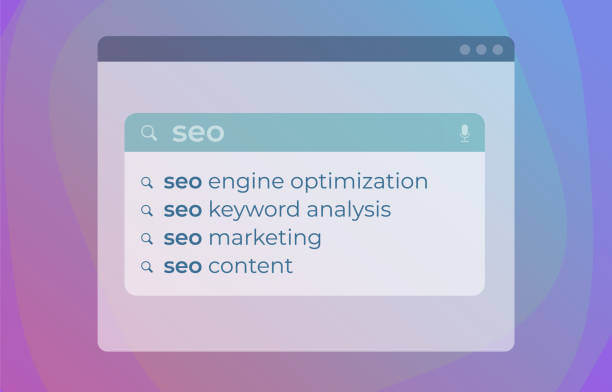
Expanding your keyword list and search campaign is the act of adding more keywords to your current keywords, You can add some modifiers “best” “free” etc. so you are ranked for more keywords and receive more traffic.
Having stagnant keywords is as dangerous as a stagnant business as it is a source of trouble for your search marketing campaigns. In fact, the two can become related over time. It is imperative to stay relevant and competitive by expanding your keywords. You can expand your keywords by using tools, I recommend using Ahrefs.
A Guide to Determining a Keyword’s Search Intent
1. Analyze your keyword results in the SERPs
.png)
After you choose a topic, you’ve probably also decided on a keyword to focus on (e.g., “water bottles,” “marathons,” “net zero”).
You should start by looking at the top SERP results for your keyword before analyzing its search intent. You’ll know how search engines interpret your content because of this.
2. How to build your keyword cloud
You can begin to brainstorm keywords to develop your keyword cloud or cluster after you have identified your primary keyword in the SERP. You will target long-tail keywords that are associated with the primary keyword you selected at the beginning of the post but with additional qualifiers that further state the intent of your content (for example, how to wire a dual voice coil subwoofer).
you can search for long-tail keywords such as (what is the best bluetooth headset):
- “headset” (searches per month: 45K)
- “bluetooth headset” (searches per month: 25K)
- “what is the best bluetooth headset” (monthly search volume: 200)
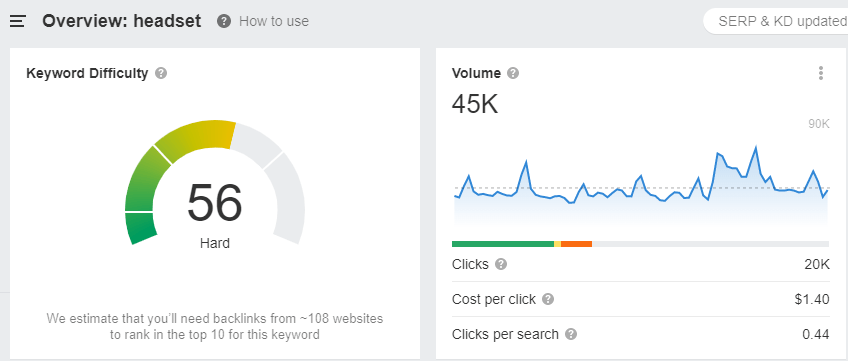
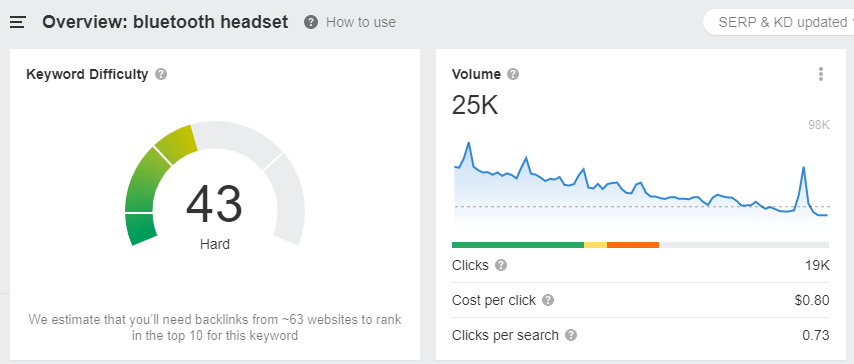
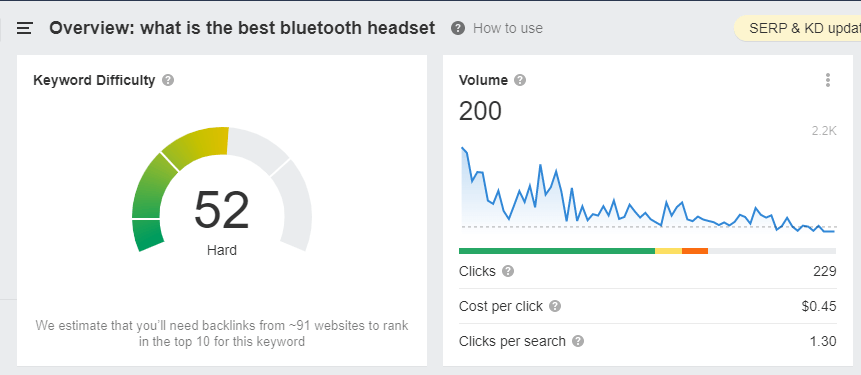
It is essential to understand that these long-tailed keywords have different search intents that inform which search qualifier to use based on your content’s search intent. I think that it would be better if your primary keyword, the one you selected at the beginning, would be replaced by a more long-tail, niche keyword in the research process.
As soon as a list of long-tailed keywords which you think are aligned with the content’s intent has been created, it is straightforward to analyze the search intent of your keywords. You can do this by searching for these long-tailed keywords in search engines as you would have done with your primary keyword.
3. Determine the scope of search intent by mapping out the spectrum
You may see your keyword cloud changing once you are able to better understand the search intent behind the long-tailed keywords you have chosen to use. This may lead you to re-prioritize keywords with search intents that are not aligned with your content purpose, or it could prove beneficial to capture more long-tailed keywords aligned with your content’s purpose.
With your content goals clearly defined, you can begin mapping out search intent spectrums to figure out which keywords and search intents are closest to your content goals and which are farthest away.
How to optimize content for search intent
After fact-checking your primary keyword, you can start creating or optimizing your content.
The search engines understand keywords and topics much more intuitively and consider the context of a keyword.
Optimization of on-page and off-page factors includes:
- H1 and H2 headings.Your content needs to address top and relevant topics in the H2s and subheadings to meet the target audience’s needs.
- Inter-Links:You want search engines to understand your content contains both internal and external links to relevant pages. Furthermore, internal links offer users a seamless navigation experience that leads them to other pertinent topics or a call-to-action.
- The anchor text:Anchor text serves as a way to tell a search engine how and why content is related and why it references and associates with other content. Search engines use anchor text to understand a topic holistically.
- Images:I would like to emphasize one more thing; as I mentioned earlier in this article, using images not only makes your content more engaging for the reader but also gives search engines more hints about what the content is about so that they can understand what you are writing about – for instance, making an image of a marathon runner visible to search engines on your content about “race day” eliminates the possibility of search engines confusing the content about marathon races with ethnicity.
- Adding alt text to images:Add descriptive text to images as an alternative to images, which can also help search engines index the images correctly for searches in Google Image.
Understanding how to develop content that is relevant to your readers’ search intent will put you on the path to creating relevant, helpful, and authoritative content. Many factors affect the performance, rank, and authority of content on the web.








